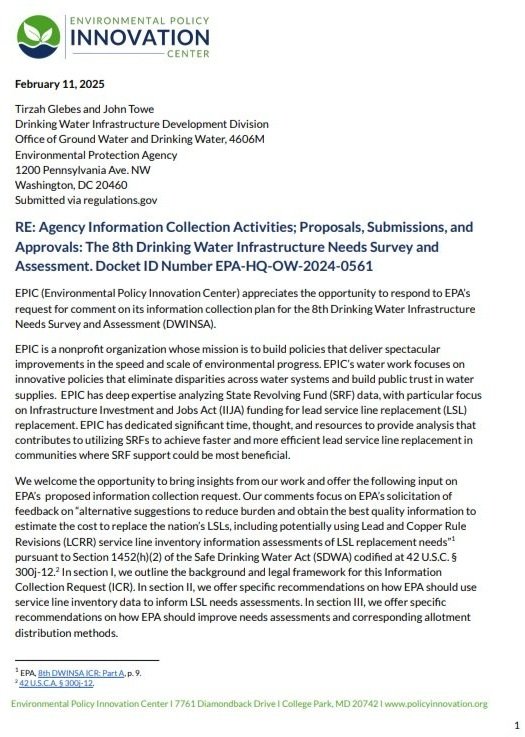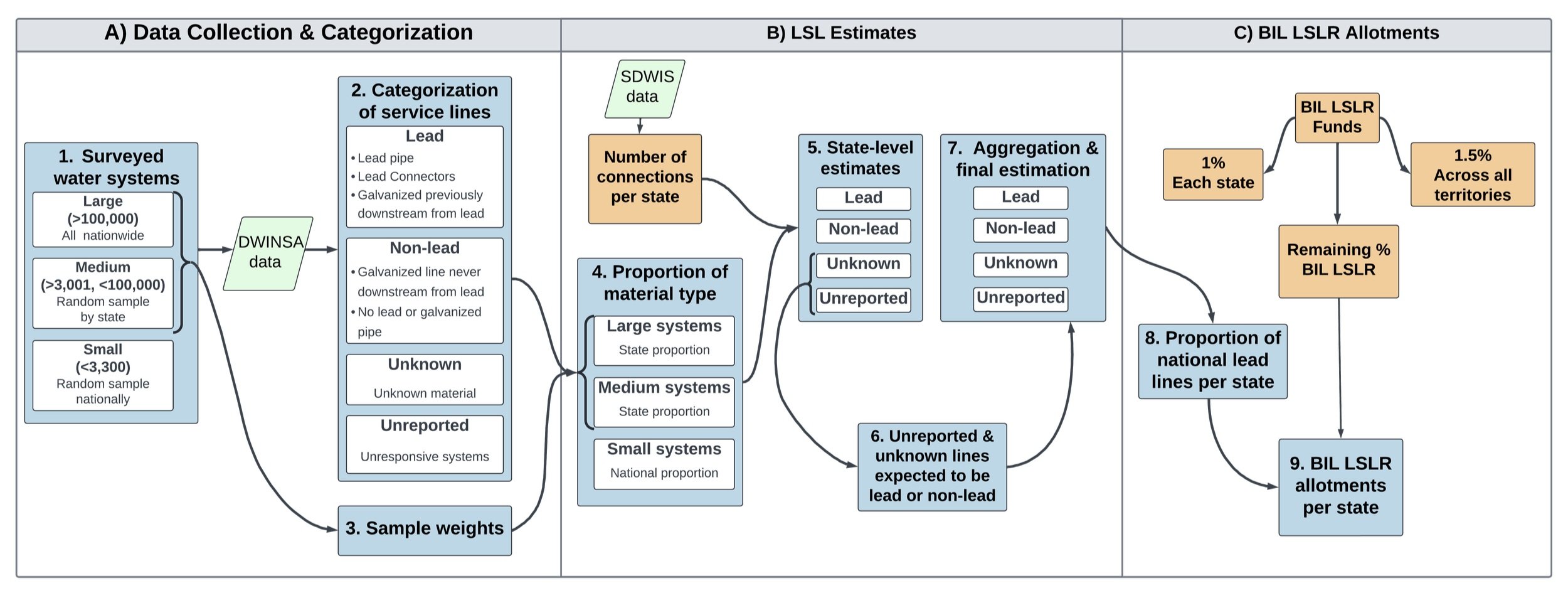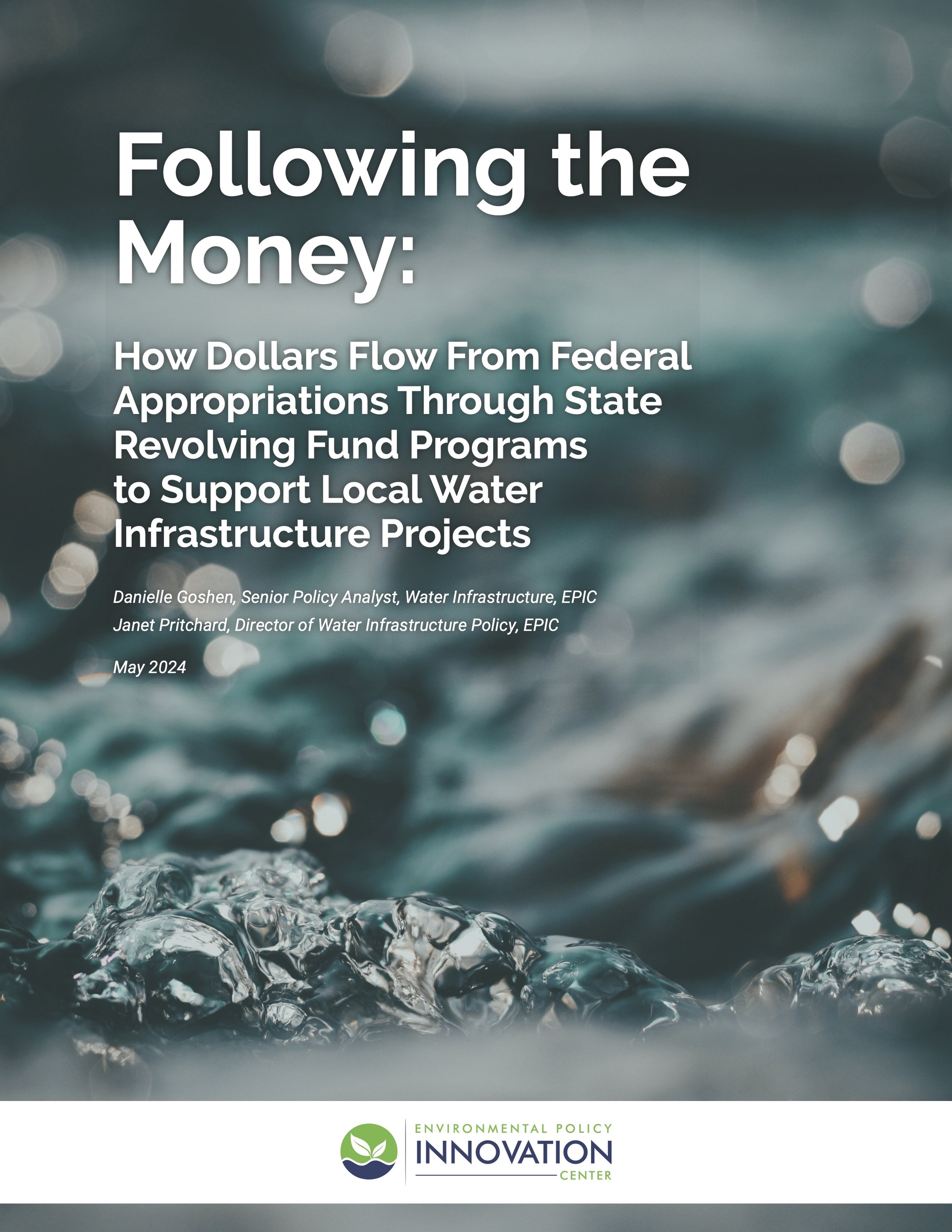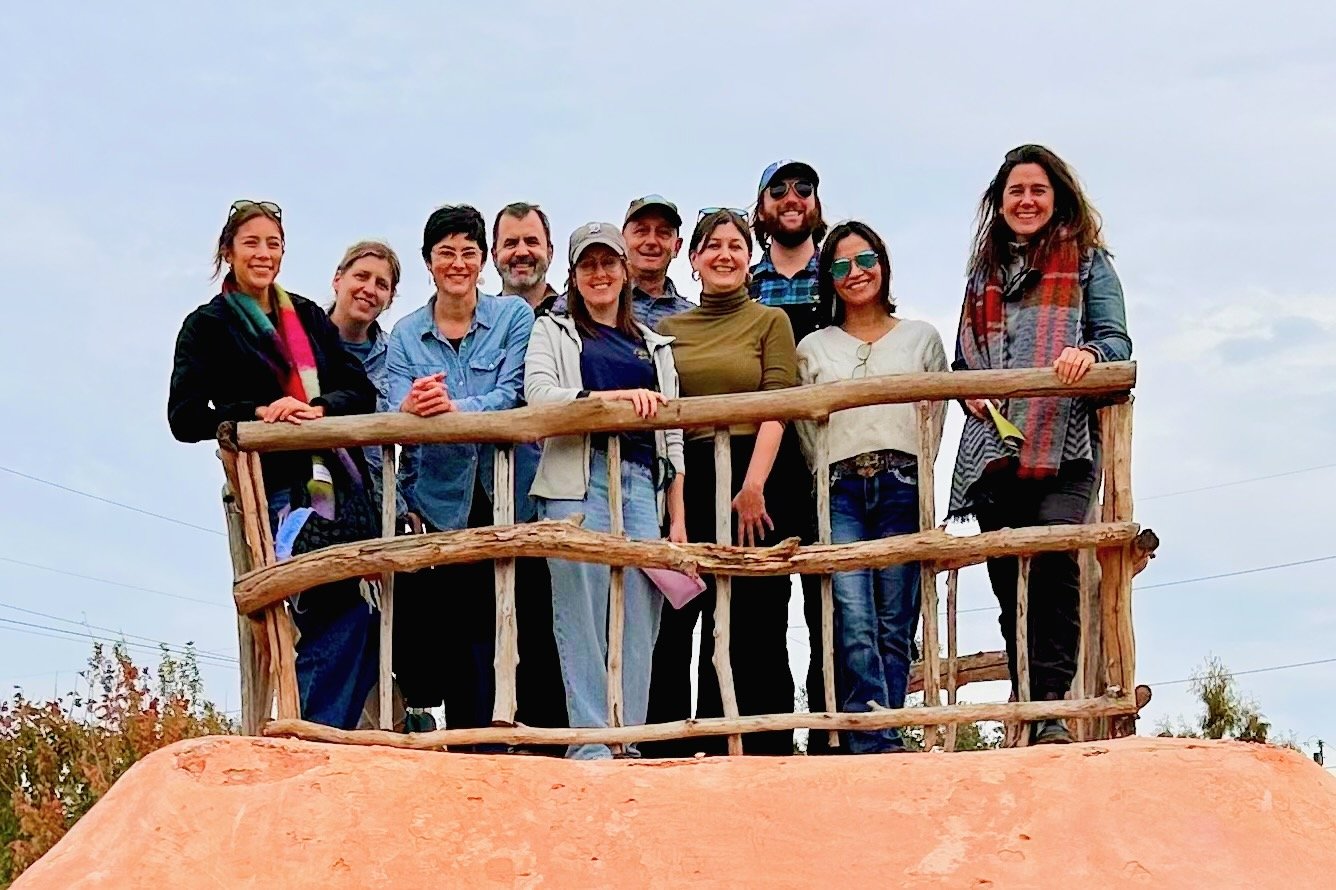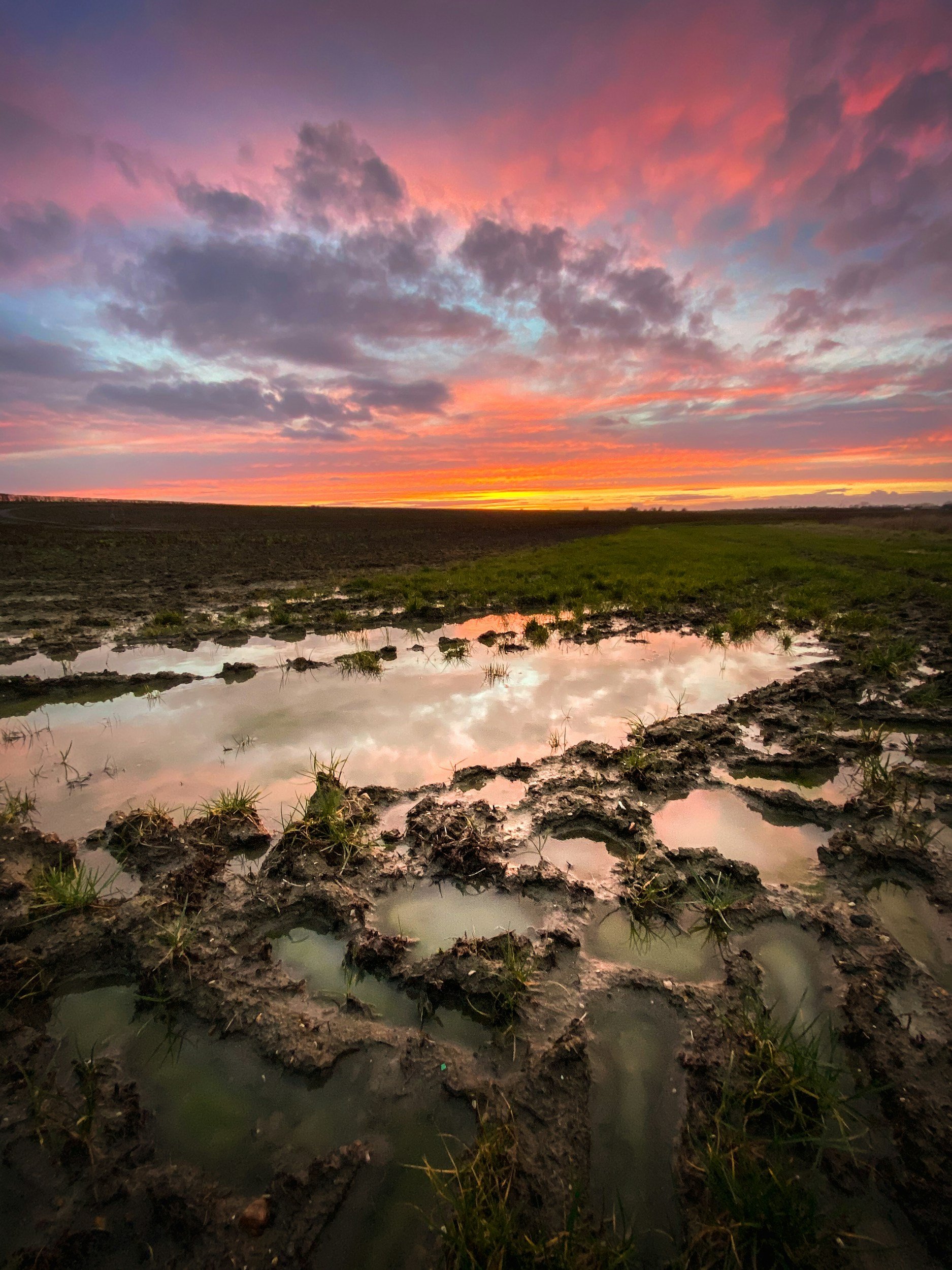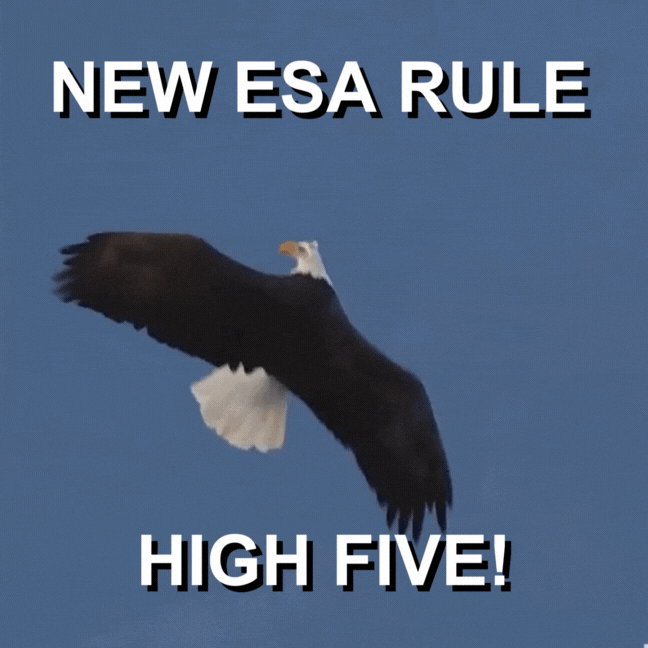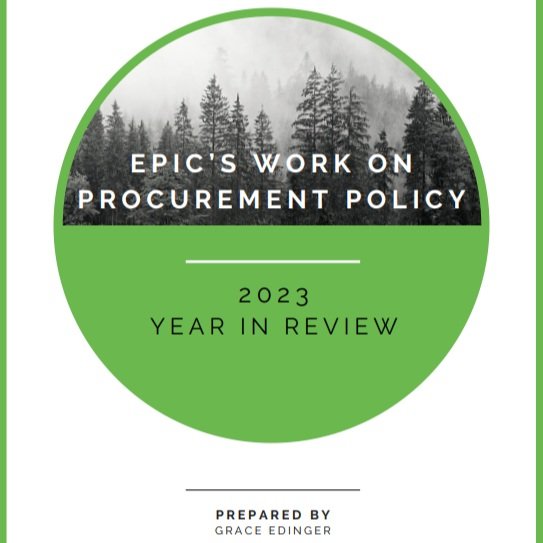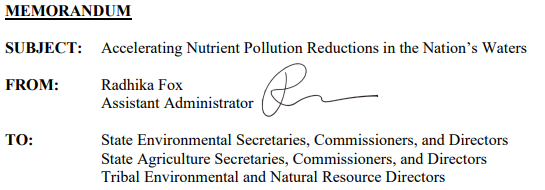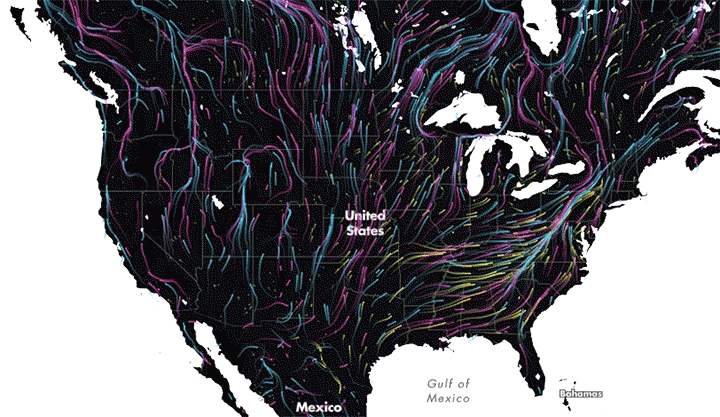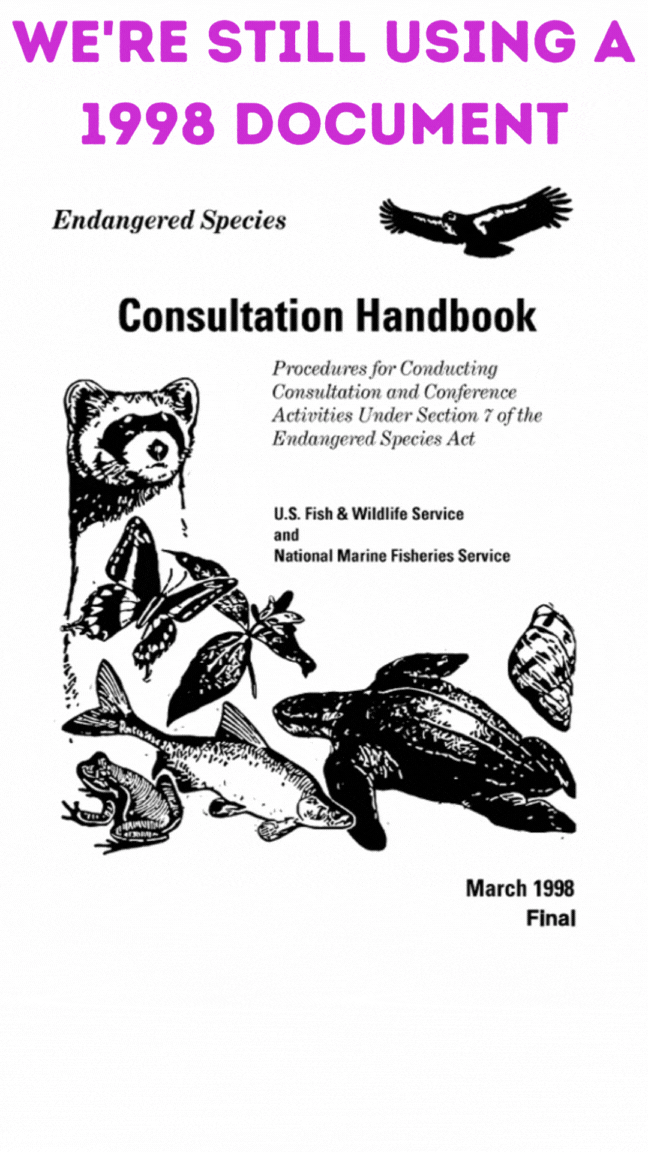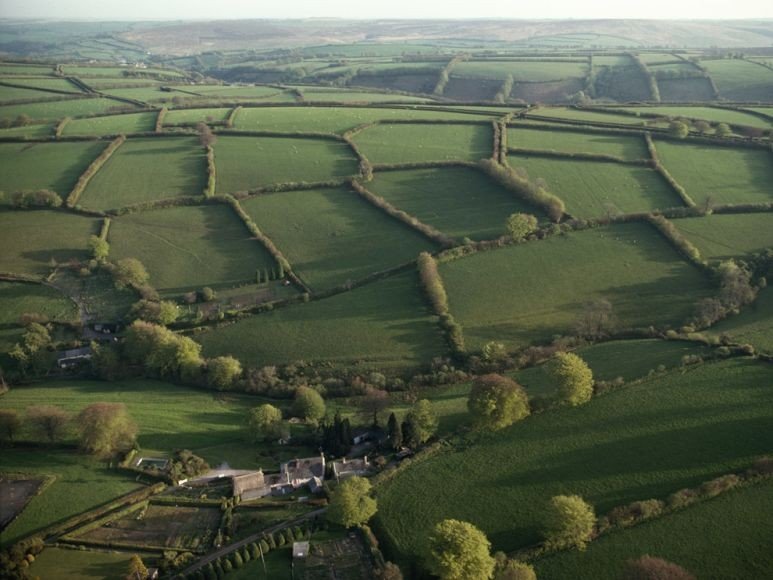Water Infrastructure
Restoration & Mitigation
Technology
Procurement & Finance
Since enacting the Conservation Finance Act in 2022, Maryland agencies have begun to implement it and attract greater private investment in conservation.
What is motivating biocredit buyers at this early stage as the market is in development? Why would corporate buyers and other entities be interested in investing in migratory songbird or salmon credits? What’s in it for them? Today the BCA released a new issue paper, “Demand-side Sources and Motivation for Biodiversity Credits'' that untangles some of these incentives and rationales.
Agriculture
Everybody’s talking about environmental sandboxes. What are they, and maybe more importantly, what aren’t they?
Since enacting the Conservation Finance Act in 2022, Maryland agencies have begun to implement it and attract greater private investment in conservation.
New report evaluates the last three years of efforts developing Midwest watershed partnerships
New report examines the challenges to administratively scaling the Regional Conservation Partnership Program
The Susquehanna River Basin Commission announced today the opening of its application for proposals offering cost-effective reductions of nutrient pollution entering the Chesapeake Bay from the Susquehanna watershed.
Mason City and Forest City sign innovative agreements to pay farmers to improve water quality.
Third and final in a series, this blog explores how USDA can tweak existing programs to speed up delivery of conservation money in the Inflation Reduction Act.
A project to illustrate which watersheds and cities in Iowa are closest to meeting their nutrient reduction goals from municipal point sources
Second in a series, this blog explores how USDA can use emerging technologies to speed up delivery of conservation money in the Inflation Reduction Act.
First in a series, this blog explores how USDA can use outcomes purchasing to speed up delivery of conservation money in the Inflation Reduction Act.
One month ago today, Pennsylvania passed the country’s second legislatively-authorized clean water outcomes procurement program
In New York state, a clever partnership between the city of Syracuse and upstream farmers has managed to significantly clean up the Skaneateles Lake
Endangered Species
What is motivating biocredit buyers at this early stage as the market is in development? Why would corporate buyers and other entities be interested in investing in migratory songbird or salmon credits? What’s in it for them? Today the BCA released a new issue paper, “Demand-side Sources and Motivation for Biodiversity Credits'' that untangles some of these incentives and rationales.
Yesterday, the Fish and Wildlife Service (FWS) released an Advanced Notice of Proposed Rulemaking (ANPR) on Compensatory Mitigation Mechanisms. We provide initial reactions here.
All Posts
We Need to Tend Innovation Like We Tend a Fire
At EPIC, we believe in using innovative data and technology to tackle environmental challenges faster. We advocate for government involvement in fostering tech innovation to better manage resources. Discover the five key building blocks of a healthy tech ecosystem to help technology thrive across public, private, and non-profit sectors.
Data-Driven Trust: what we can and cannot see in water data
Imagine turning on your tap and wondering if the water is safe to drink. You're not alone—studies show erosion of trust in drinking water is a global concern. A recent study found that more than half of adults worldwide expect to be seriously harmed by their drinking water within the next two years.
10 Fundamentals for Smart Permitting
The Trump-Vance Administration is excited about permitting reform, so are we! And, to get there, we want to see smart permitting. Efficient and effective permitting should be about getting to “yes” or “no” on projects faster—and we know there are hundreds of ways to do that without minimizing scientific rigor, transparency, and public participation. We’ve researched dozens of federal and state policies and technologies that have sped up permitting. Here we synthesize our 10 fundamental recommendations for improving the environmental review and permitting process.
VA’s PEEP is a Gold Star Example of Permit Efficiency
Optimizing for Outcomes: Digital Services are the Perfect Environmental Partners
Despite their commitment, many agencies face outdated tools and limited resources, hindering progress. Discover how Digital Service teams, with their collaborative, flexible approach, can provide the expertise necessary to modernize and accelerate environmental initiatives.
5 Key Areas Technology Should and Should Not Be Used in Permitting
Technology has the potential to speed up environmental permitting by enhancing transparency, data management, and public engagement. To truly streamline the permitting process, it’s essential to combine digital solutions with policy and process improvements.
5 Bizarre Things About Permitting That Don't Have To Be
Unlocking a New Era for Ecological Restoration, Nature-based Solutions, and Resilience
What is permitting, and why does it matter?
Looking for Clues on Lead Service Line Inventories in the 7th DWINSA Update
As the initial service line material inventory deadline passes, we’re examining the updated 7th DWINSA survey results for clues of what we might expect from this forthcoming data.
In this blog, Phil Cork investigates national trends and what we learned from these updated survey results.





